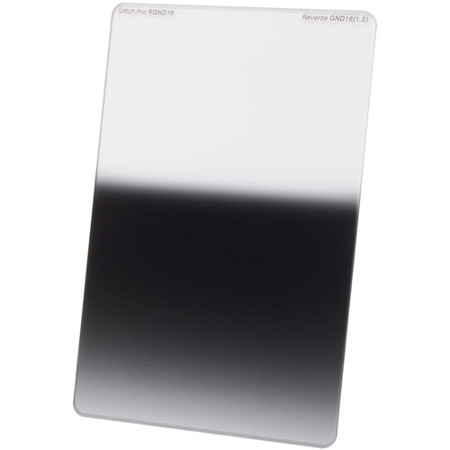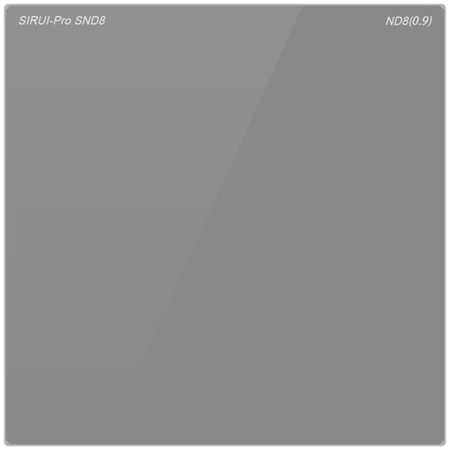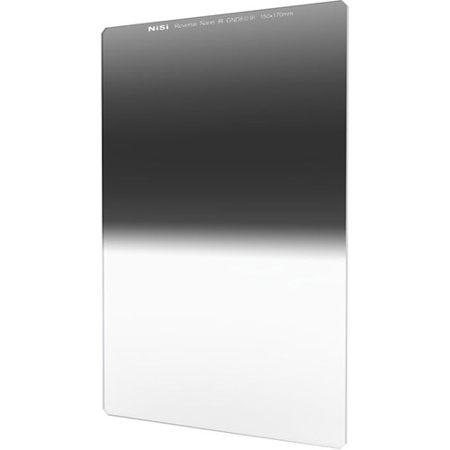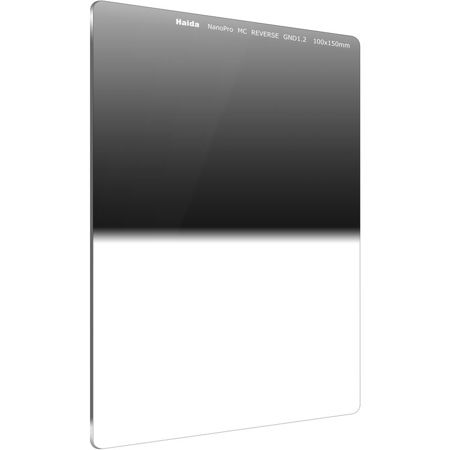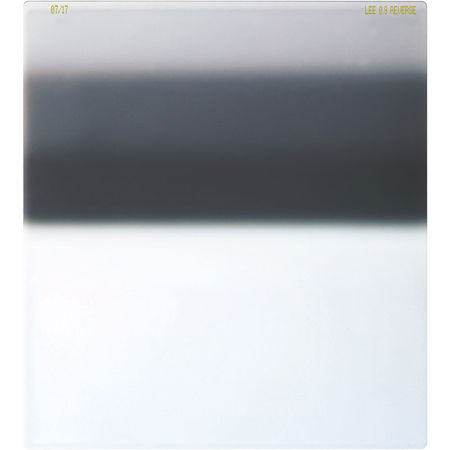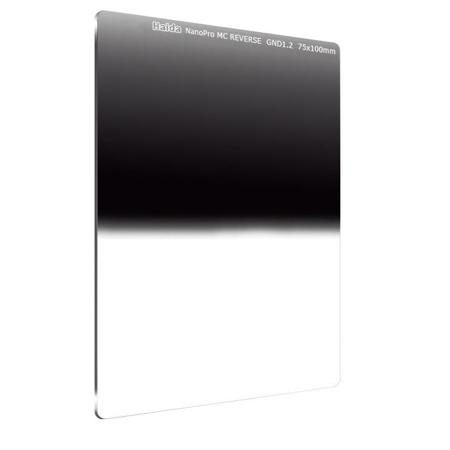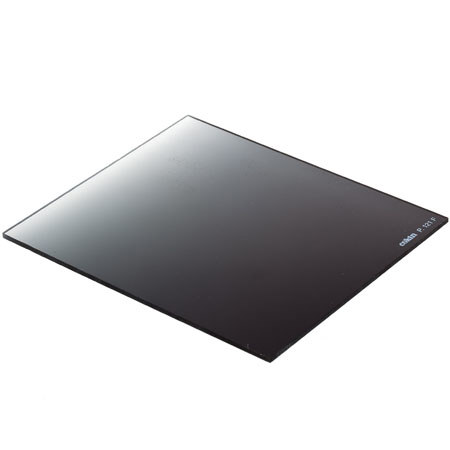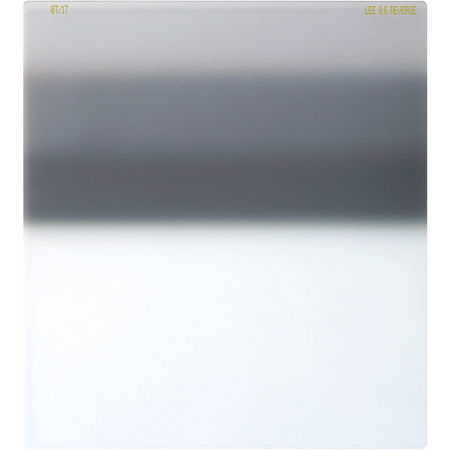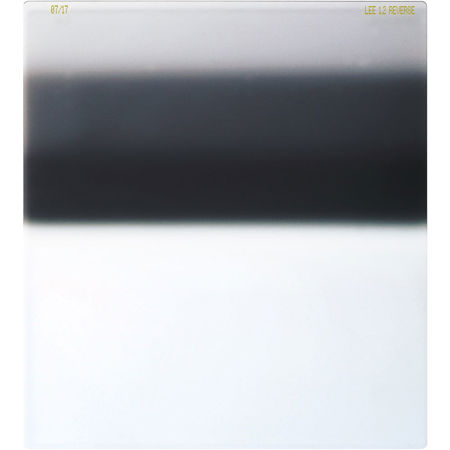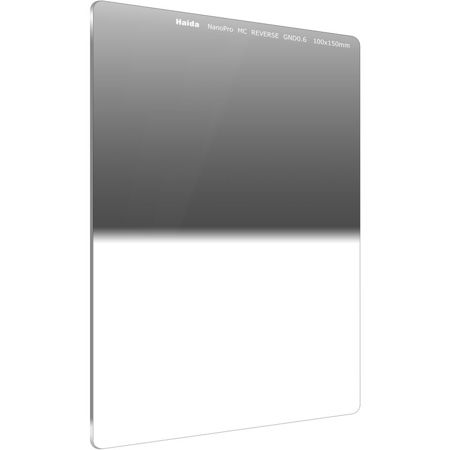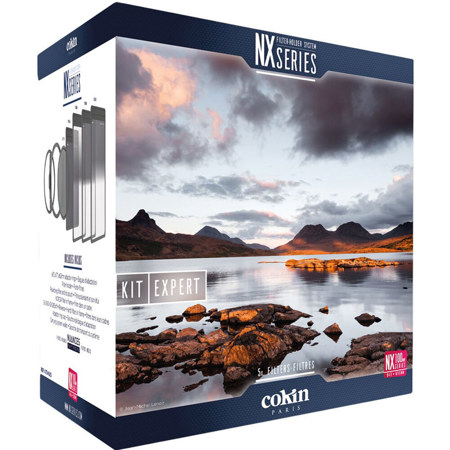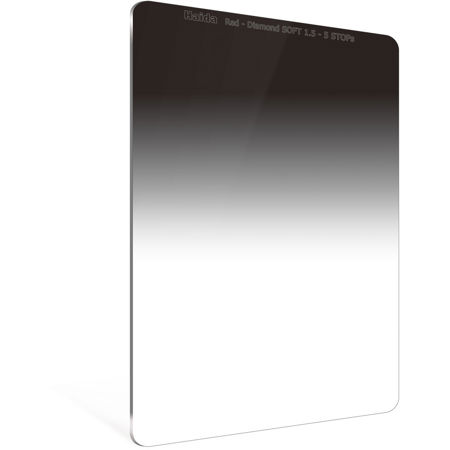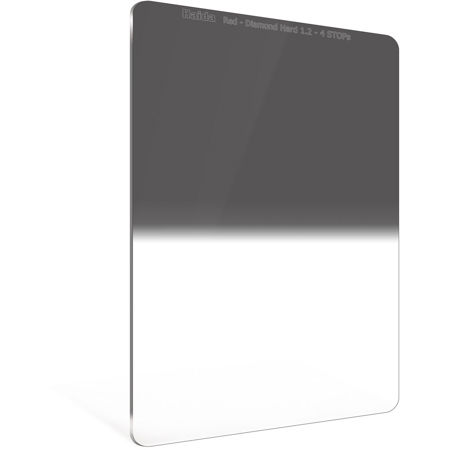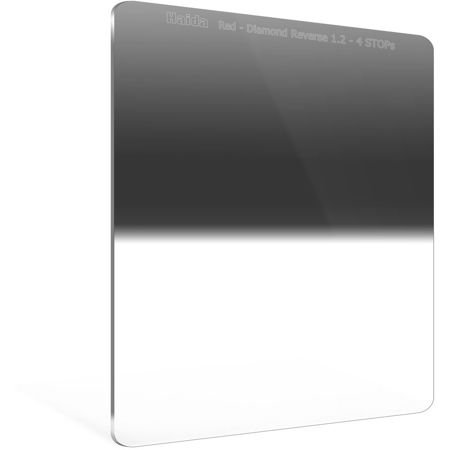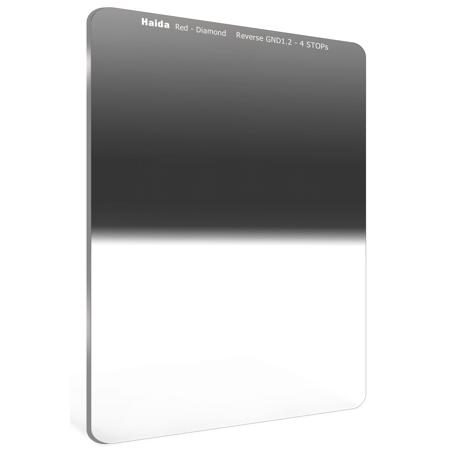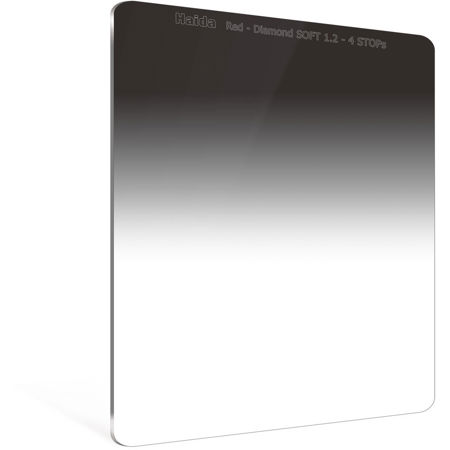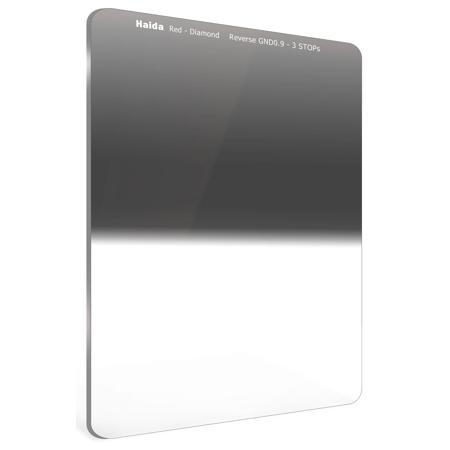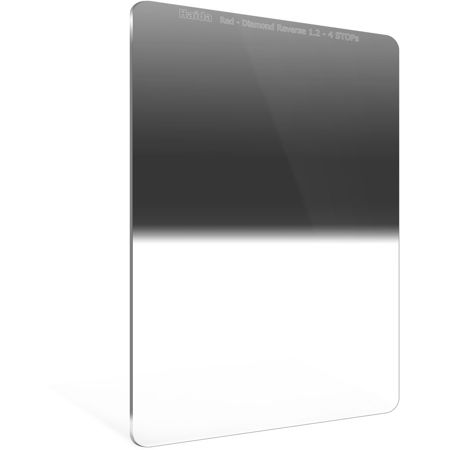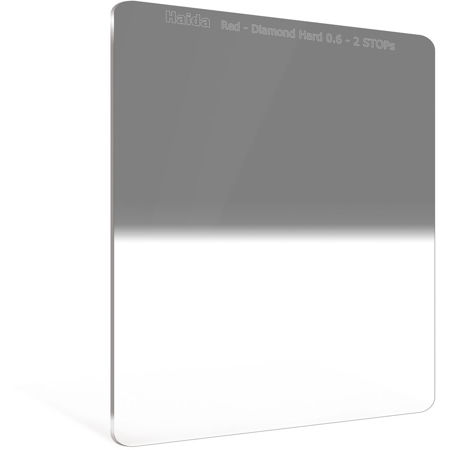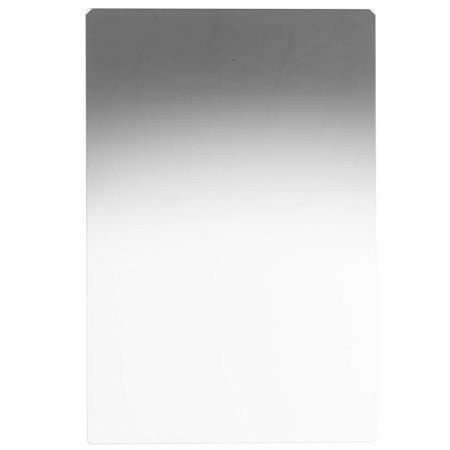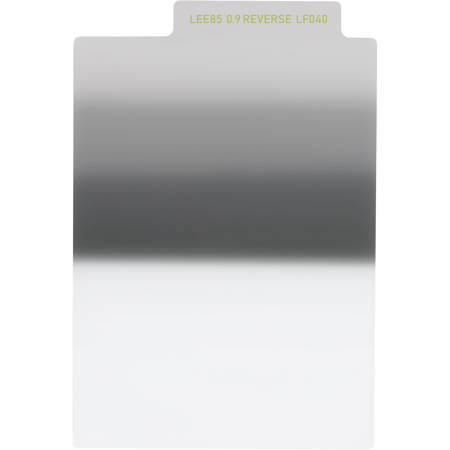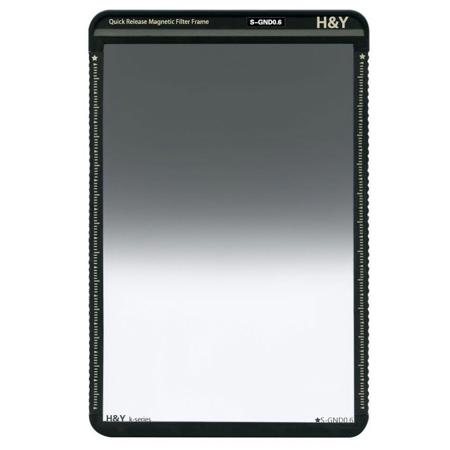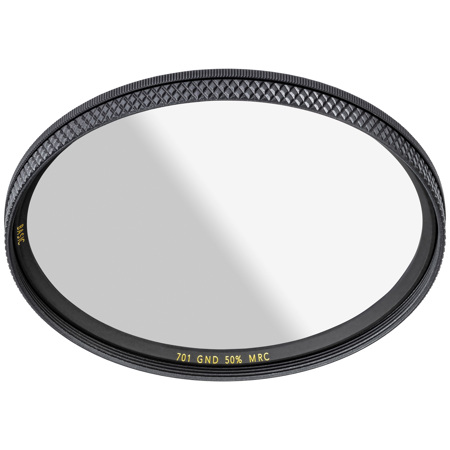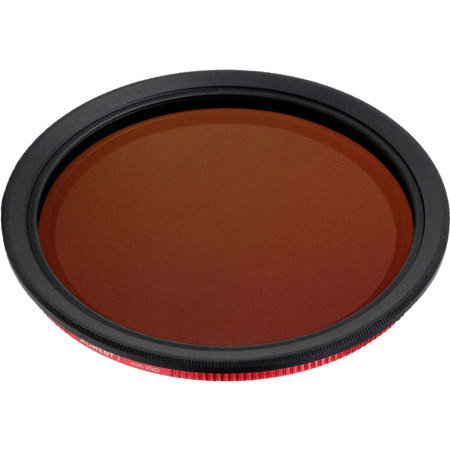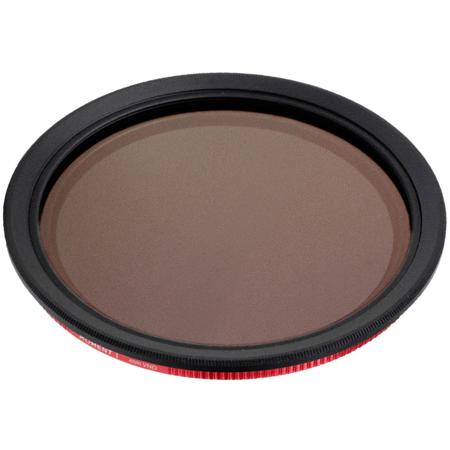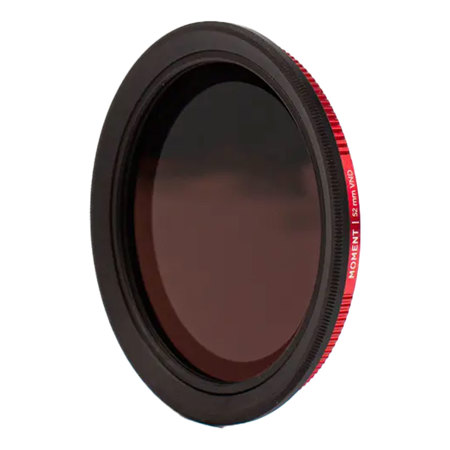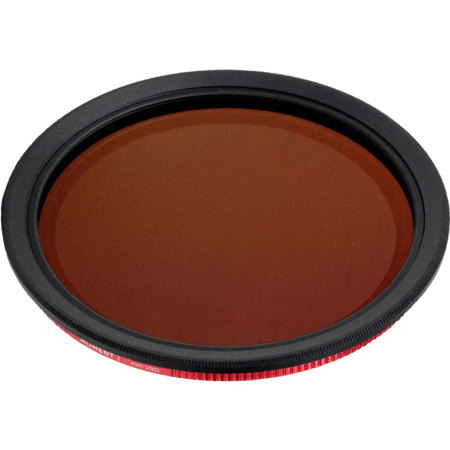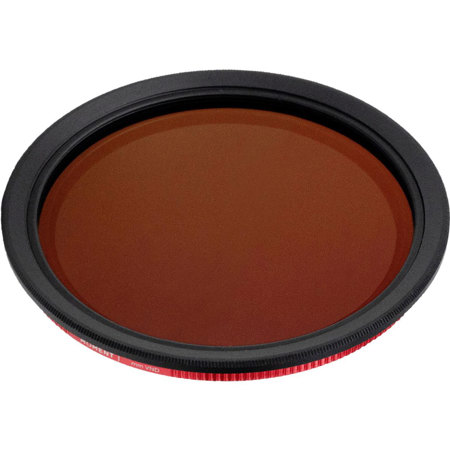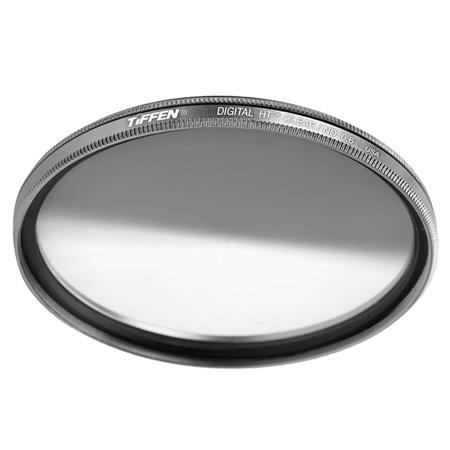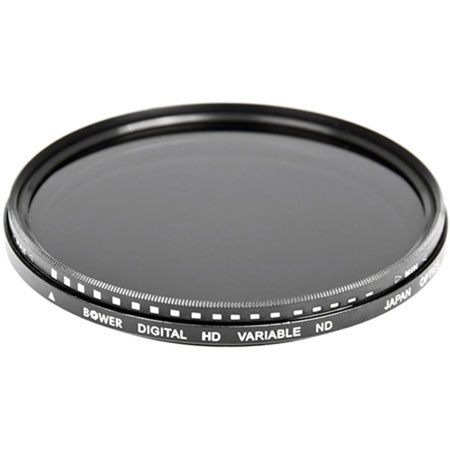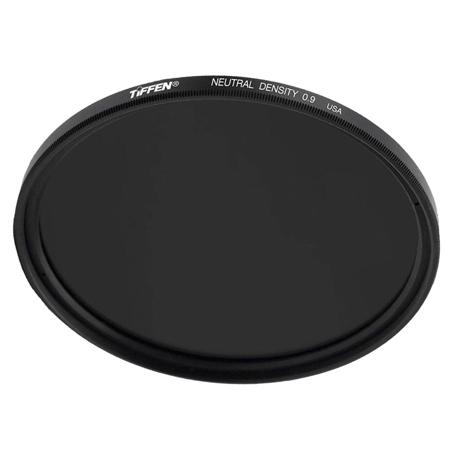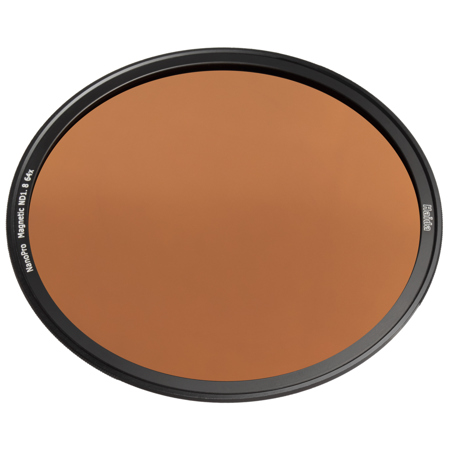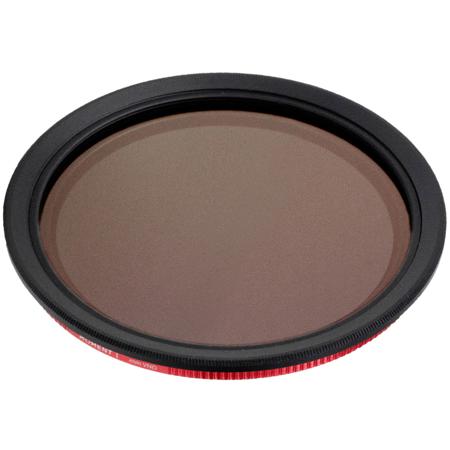Reverse Graduated ND Filters
Reverse graduated ND filters, often referred to as reverse grad filters, are a staple in the toolkit of landscape photographers who crave control over challenging lighting scenarios, especially during sunrise and sunset. These unique filters feature a denser area in the center that gradually fades toward the top, making them especially effective when the brightest part of the scene sits right on the horizon—think of those autumn mornings when the sun peeks over a misty field or the evenings when golden light spills across city skylines. Unlike standard graduated ND filters, which transition from dark to clear from top to bottom, a reverse graduated filter is designed to tame the intensity of the horizon while preserving detail in both the sky above and the foreground below. This nuanced light management allows photographers to capture scenes with a natural balance, avoiding blown-out highlights and muddy shadows, and resulting in images that feel true to the moment.
When considering a reverse graduated ND filter, pay attention to the density, typically measured in stops—common choices include 2-stop or 3-stop options, but you may also encounter an nd100 filter for more dramatic effects. The width of the transition zone and the overall size of the filter are also crucial; a 77mm ND is a popular size, compatible with many professional lenses, but always double-check your lens diameter for a proper fit. The autumn season, with its dramatic skies and rapidly changing light, is an ideal time to experiment with these filters. Whether you’re photographing the fiery foliage along a mountain ridge, the subtle pastels of a foggy lake at dawn, or the interplay of sunlight and shadow in urban environments, a reverse grad filter can help you achieve images that reflect what you saw and felt in the moment. These filters are easy to slip into a camera bag, making them an excellent gift for both aspiring and seasoned photographers who love to chase the perfect light.
For those building a comprehensive filter kit, reverse graduated ND filters pair well with other tools such as polarizers or hard edge ND filters. If you often shoot seascapes or scenes with a distinct, flat horizon, you might also want to explore Hard Edge Graduated Neutral Density Filters for even more precise control. Seasoned professionals and passionate hobbyists alike appreciate the creative flexibility these filters provide, allowing them to shoot in-camera rather than relying heavily on post-processing. The tactile experience of sliding a filter into place, watching the histogram balance out, and knowing you’ve captured the fleeting dance of light and shadow—these are the moments that make landscape photography so rewarding. Whether you’re gifting a filter to a friend who dreams of capturing epic vistas or investing in your own gear to elevate your autumn portfolio, a reverse graduated filter is a thoughtful and practical addition to any camera bag.
When considering a reverse graduated ND filter, pay attention to the density, typically measured in stops—common choices include 2-stop or 3-stop options, but you may also encounter an nd100 filter for more dramatic effects. The width of the transition zone and the overall size of the filter are also crucial; a 77mm ND is a popular size, compatible with many professional lenses, but always double-check your lens diameter for a proper fit. The autumn season, with its dramatic skies and rapidly changing light, is an ideal time to experiment with these filters. Whether you’re photographing the fiery foliage along a mountain ridge, the subtle pastels of a foggy lake at dawn, or the interplay of sunlight and shadow in urban environments, a reverse grad filter can help you achieve images that reflect what you saw and felt in the moment. These filters are easy to slip into a camera bag, making them an excellent gift for both aspiring and seasoned photographers who love to chase the perfect light.
For those building a comprehensive filter kit, reverse graduated ND filters pair well with other tools such as polarizers or hard edge ND filters. If you often shoot seascapes or scenes with a distinct, flat horizon, you might also want to explore Hard Edge Graduated Neutral Density Filters for even more precise control. Seasoned professionals and passionate hobbyists alike appreciate the creative flexibility these filters provide, allowing them to shoot in-camera rather than relying heavily on post-processing. The tactile experience of sliding a filter into place, watching the histogram balance out, and knowing you’ve captured the fleeting dance of light and shadow—these are the moments that make landscape photography so rewarding. Whether you’re gifting a filter to a friend who dreams of capturing epic vistas or investing in your own gear to elevate your autumn portfolio, a reverse graduated filter is a thoughtful and practical addition to any camera bag.
